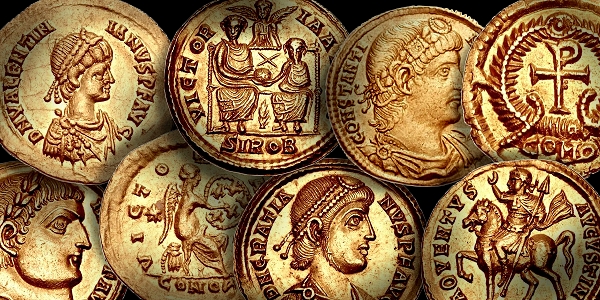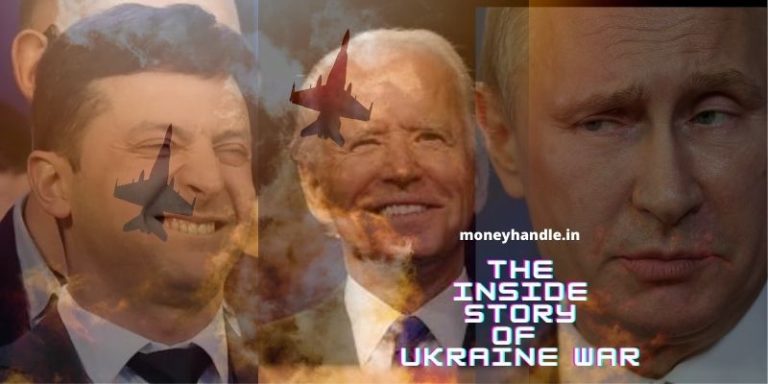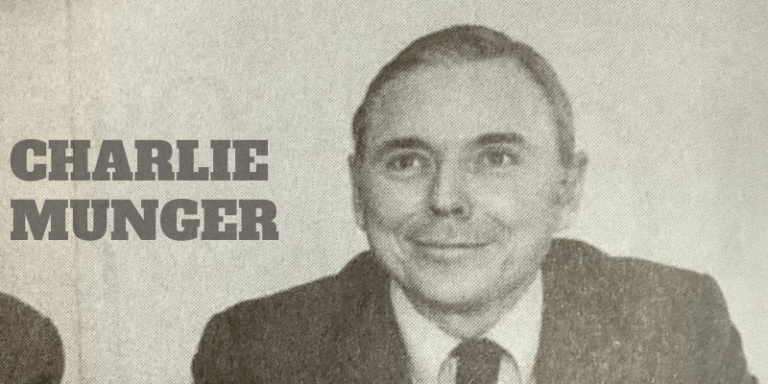Do you know that all banks can create money? Do you know about the gold standard? And do you know how many notes can be printed by a country or how much money can there be in circulation? Can a country only print a limited number of notes depending on its gold reserves? Or can we print unlimited money? If yes, Why don’t we print and distribute money to the poor and make their lives easier? These are some questions that confuse many people.
In this two-part article, I will attempt to answer these complex questions in a simple way. We will see how money is created by banks. Then we will briefly see how our present monetary system works and how money is created in the economy.
A little bit on the history of money first!

The modern financial system is so complex that the majority of people have no clue how it works. But it was not always this complex. The earliest human transactions took place in the form of barter – a system of exchanging goods for goods. For example, a farmer who produced rice could exchange 1 bag of rice with 2 bags of wheat with a neighbor and so on. This was a very primitive system that has long been discarded due to its disadvantages such as the need for transportation of goods, inefficiency, and the problem of determining exchange rates.

End of Barter and Introduction of Money
To overcome the challenges faced by the barter system, money (in the form of precious metal coins) was created. Now you no longer had to exchange goods to get something. You could pay the seller some gold or silver coins to buy stuff. This made trade super convenient and societies flourished.
Bank Notes appeared later as promissory notes which could be redeemed for a certain quantity of precious metals (gold or silver) from the bank or government that issued the note. Notes were easier to store than gold or silver coins.

The total currency in circulation was backed by physical gold or silver. Anyone could go to the bank and get gold or silver coins by submitting their note(s). This maintained public trust in the currency. This Convertibility between notes and gold was part of a system called the classical gold standard.
As per the rules of the classical gold standard, a country could only print a limited amount of currency depending upon the gold reserves it held.
Hence the supply of currency in the nation was restricted. It could not be expanded or reduced, which maintained equilibrium in society in normal circumstances.

Impact of World War I on the Gold Standard
The classical gold standard system kept a check on the currency in circulation.
During World War I (1914-1918), many countries struggled to pay for war expenses because they had limited money (backed by limited gold reserves). When much of their gold reserves were exhausted, they were in a panic as they could lose the war without money. Hence these belligerent nations decided to break the link between gold and their currency.

Now since the currency was no longer linked to any precious metal, governments could print as much currency as they wanted – to buy new weapons, groceries, discharge debts, pay salaries or war reparations, etc. But this created a new problem of excess money supply or ‘hyperinflation’ (uncontrolled price rise). Since there were too many notes in circulation and the supply of goods was limited, prices increased exponentially. Currencies were devalued so much and so fast that prices of everyday goods doubled within days. Inflation in Germany after World War I became extremely severe. People burned cash instead of buying firewood and children made Kites from the banknotes.
America benefits from World War I
The United States did not participate in World War I till 1917. It was a major supplier of various military and non-military goods to the countries involved in the war. The United States continued to follow the Gold Standard during and after World War I even though most of the nations involved in the war had suspended the gold standard.
In those days, international trade was conducted in Gold. Therefore the countries buying from America paid in gold and the gold reserves of America peaked to new highs during the period of World War I. The United States still has the highest amount of gold reserves in the world.
During the war, most of the countries had stopped using the gold standard to be able to regulate their currency supplies (print excess notes). This caused problems such as hyperinflation and destabilization of international trade. Industrialized countries such as Britain and France decided to come back to the Gold Standard to restore stability in international trade.
The Stock market crash of 1929 and beginning of the Great Depression
Things remained stable until 1929 when the US stock markets which were in a bubble, crashed. This led to a huge financial crisis in America and the beginning of the Great Depression. The Great Depression led to a slowdown in many countries. Britain was one of the largest exporters of goods to America. Due to the Great Depression, the demand in America for imported goods crashed leading to a slowdown in Britain as well as other nations.
Effects of the Great Depression
Gold Inflows started to decline in Britain and the currency supply had to be reduced to comply with the gold standard. The central bank increased the interest rates as a result. This led to deflation and unemployment and consequently lower tax revenues for the government.
The death of the Gold Standard
On September 21, 1931, Britain announced the suspension of the Gold Standard. The government gave the reason that “the withdrawal of 200 million British pounds from the London Markets by depositors and investors had led to huge reductions in the country’s gold reserves“. Depletion of all precious metal reserves and a consequent reduction in its money supply is the last thing a country wants. It is the worst nightmare for bankers and politicians. Suspending the gold standard seemed the only way.

Britain’s move gave confidence to other countries which were also in a bad financial situation and they also suspended the Gold Standard in their nations. America suspended the redemption of notes into gold in 1933. President Franklin D Roosevelt made it illegal for the general public to keep any gold in their homes (except jewelry) via an Executive order. Thus the Gold Standard came to an end.
In Part II of this post, we will see how the end of the gold standard led to the establishment of the Bretton Woods system wherein all the world currencies were tied to the US dollar. We will also try to briefly take a look at the modern monetary system and how unlimited currency is being printed by the central banks to fund irrational government spending.
Continued in Part II…



That’s interesting, how wars can change economic standards
Very good article, explanation is very simple, everyone can understand about history and present of money
Thank you Tyagi ji.